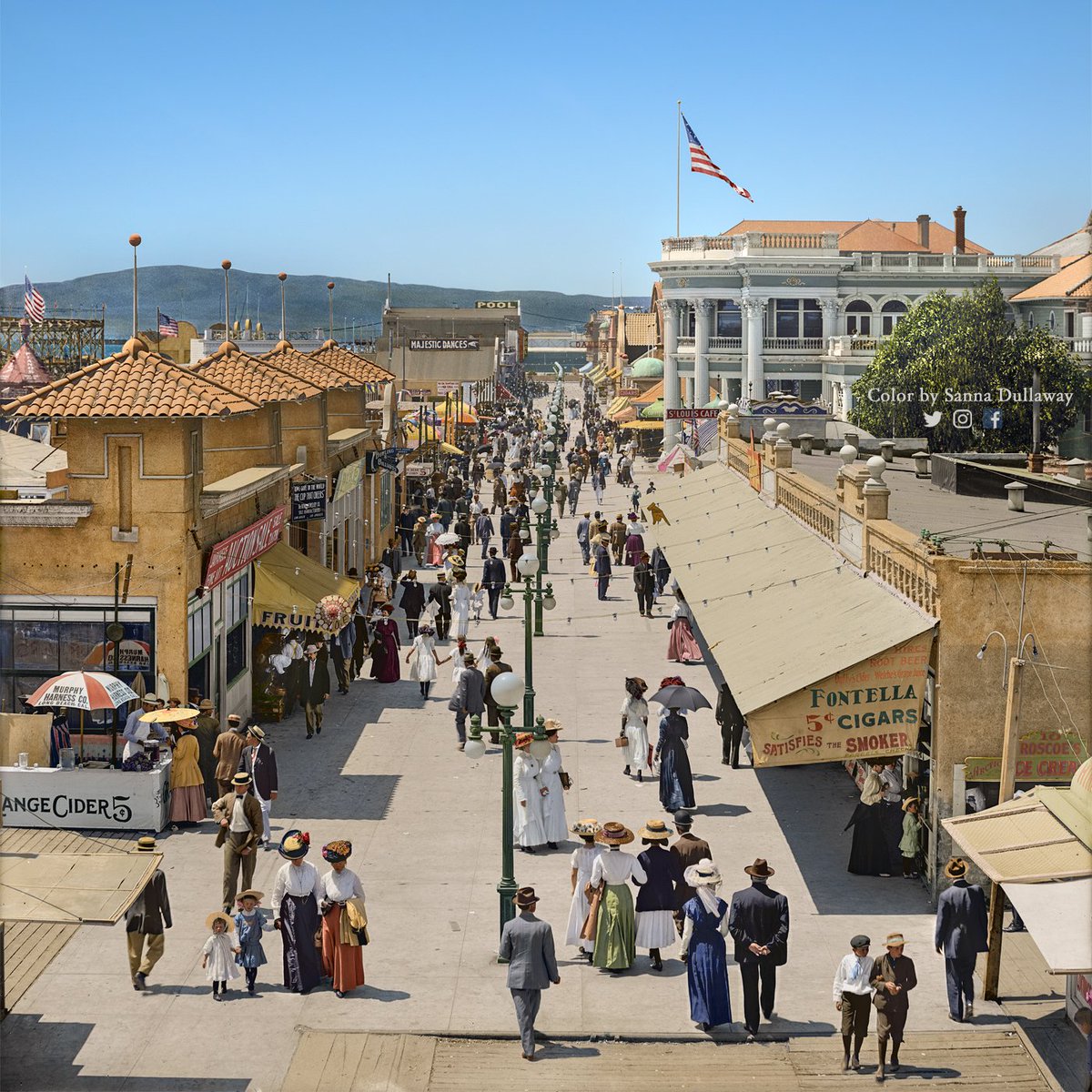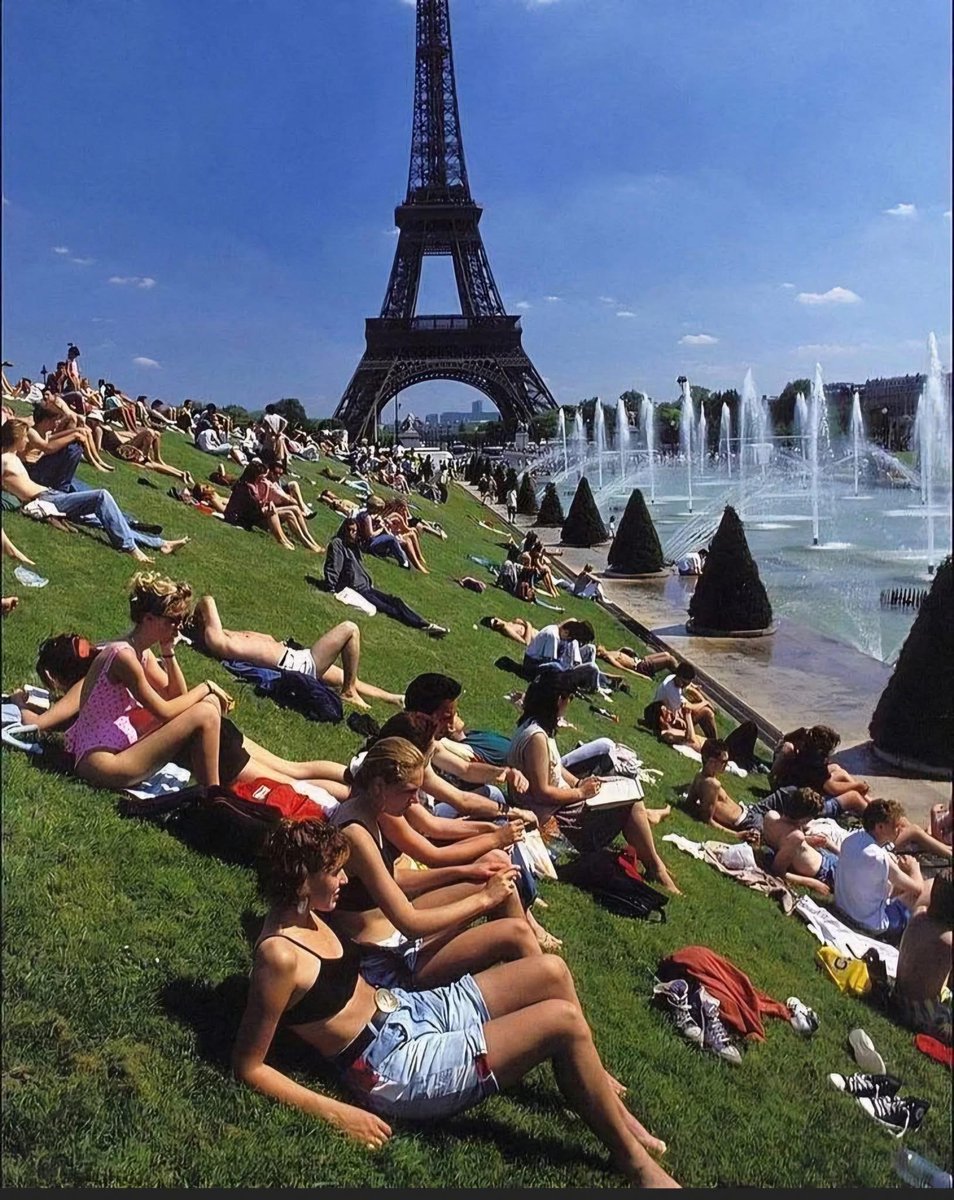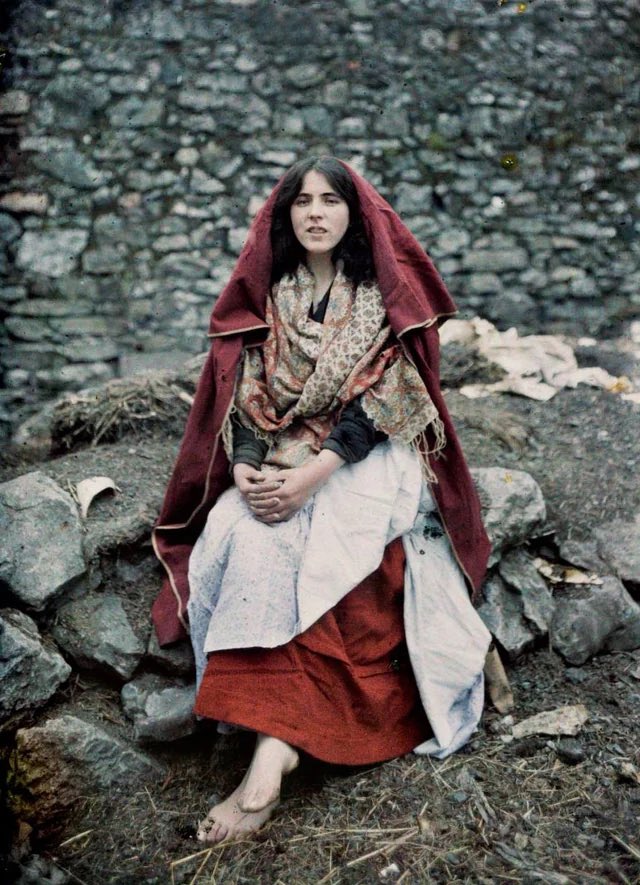Life frozen in time: a thread on the haunting wonder of Pompeii and Herculaneum 🧵
1. The plaster cast of a 23-year-old woman caught in the 79 AD Mount Vesuvius eruption
1. The plaster cast of a 23-year-old woman caught in the 79 AD Mount Vesuvius eruption
2. This is a rendering of the 79 AD eruption.
Pompeii, Herculaneum, Stabiae, and several nearby villas were buried under 4–6 meters (13–20 feet) of ash and pumice, lying undisturbed until their 16th-century rediscovery.
Pompeii, Herculaneum, Stabiae, and several nearby villas were buried under 4–6 meters (13–20 feet) of ash and pumice, lying undisturbed until their 16th-century rediscovery.
3. The Herculaneum papyri, over 1,800 scrolls carbonized by the eruption of Mount Vesuvius in 79 CE, are the only surviving library from antiquity preserved in its entirety.
With new x-ray techniques, these scrolls are being read for the first time in millennia.
With new x-ray techniques, these scrolls are being read for the first time in millennia.

4. During early excavations, archaeologists found voids containing human remains, with the ash preserving the spaces left by decomposed organic matter.
By filling these voids with plaster, they created casts revealing the shapes and positions of people buried by the eruption.
By filling these voids with plaster, they created casts revealing the shapes and positions of people buried by the eruption.

5. This touching photo shows the director of the Pompeii Archaeological Site's laboratory holding in his arms the plaster cast of a 4-year-old child.
Researchers often discover bone fragments still embedded in the plaster casts of the victims.
Researchers often discover bone fragments still embedded in the plaster casts of the victims.

6. An ancient Roman road in Pompeii
The small white stones, known as "Tiger Eyes," were designed to reflect moonlight, acting as streetlights and making the road easier to see at night.
The small white stones, known as "Tiger Eyes," were designed to reflect moonlight, acting as streetlights and making the road easier to see at night.

7. In 2020, archaeologists in Pompeii made the extraordinary discovery of a hot food and drinks shop, a "thermopolium" offering the ancient equivalent of street food.
8. One of the oldest "Beware of the Dog" signs in the world was discovered in November 1824 at the entrance of the "House of the Tragic Poet" in Pompeii, Italy.
The Latin expression "Cave Canem" translates to "watch out for the dog."
The Latin expression "Cave Canem" translates to "watch out for the dog."

9. These Roman pedestrian crossings, found in Pompeii, were designed to keep people from walking through the mud while still allowing carts and horses to pass freely. 

10. This 2,000-year-old painting uncovered in Pompeii depicts a "distant ancestor" of the modern pizza 

11. These loaves of bread from Pompeii and Herculaneum were carbonized by Mount Vesuvius's pyroclastic flows.
The Panis Quadratus, a round bread, had engravings dividing it into eight sections.
Bread was a staple in the Ancient Roman diet during both the Republic and Empire.
The Panis Quadratus, a round bread, had engravings dividing it into eight sections.
Bread was a staple in the Ancient Roman diet during both the Republic and Empire.

12. The Villa of the Mysteries, a remarkably preserved ancient Roman villa in Pompeii, is famous for its rare 1st-century BC wall paintings.
These works provide a magnificent insight into Roman art, culture, and daily life.
These works provide a magnificent insight into Roman art, culture, and daily life.
14. The stunning House of the Dioscuri is one of the largest and beautifully decorated residences in Pompeii
15. An exceptionally well-preserved section of an ancient Roman water system discovered in Stabiae, near Pompeii, Italy 

16. "The Last Day of Pompeii", an iconic painting by Karl Bryullov, comes to life thanks to digital artist Agustín Vidal Saavedra
17. A plaster cast of a dog found at Pompeii, made from a dog skeleton during the 19th-century excavation of the domus of Vesonius Primus.
The dog still wears the collar it was tied with, preventing it from escaping during the eruption of 79 AD.
The dog still wears the collar it was tied with, preventing it from escaping during the eruption of 79 AD.

18. The Vesuvius Challenge has decoded 5% of a Herculaneum scroll, revealing unseen text, likely by philosopher Philodemus, on music, food, and life's pleasures.
Naples' unread scrolls hold over 16 megabytes of ancient text, with potentially thousands more buried underground.
Naples' unread scrolls hold over 16 megabytes of ancient text, with potentially thousands more buried underground.

20. Aerial view of Pompeii Amphitheatre
Built around 70 BC, it is one of the earliest amphitheatres built of stone and one of the oldest surviving Roman amphitheatres.
Built around 70 BC, it is one of the earliest amphitheatres built of stone and one of the oldest surviving Roman amphitheatres.
21. Walking through history
At the time it was destroyed, Pompeii was a wealthy town of 10,000 to 20,000 residents and its streets were bustling with life.
Approximately 1,500–2,000 people are estimated to have died in Pompeii during the eruption.
At the time it was destroyed, Pompeii was a wealthy town of 10,000 to 20,000 residents and its streets were bustling with life.
Approximately 1,500–2,000 people are estimated to have died in Pompeii during the eruption.

22. A room from the excavated ruins of Herculaneum
Like Pompeii, it is famous for its well-preserved state, thanks to volcanic material shielding it from looting and decay.
Smaller and wealthier, with about 5,000 residents, it served as a seaside retreat for Roman elites.
Like Pompeii, it is famous for its well-preserved state, thanks to volcanic material shielding it from looting and decay.
Smaller and wealthier, with about 5,000 residents, it served as a seaside retreat for Roman elites.

23. A perfectly preserved Roman glass bottle containing olive oil from Pompeii, sealed with its original cork stopper 

24. Pompeii brought back to life via AI
25. The ancient streets of Pompeii never fail to amaze me...
Here, it feels as though the echoes of footsteps from more than two millennia ago still resonate through the cobblestones.
Here, it feels as though the echoes of footsteps from more than two millennia ago still resonate through the cobblestones.
• • •
Missing some Tweet in this thread? You can try to
force a refresh











